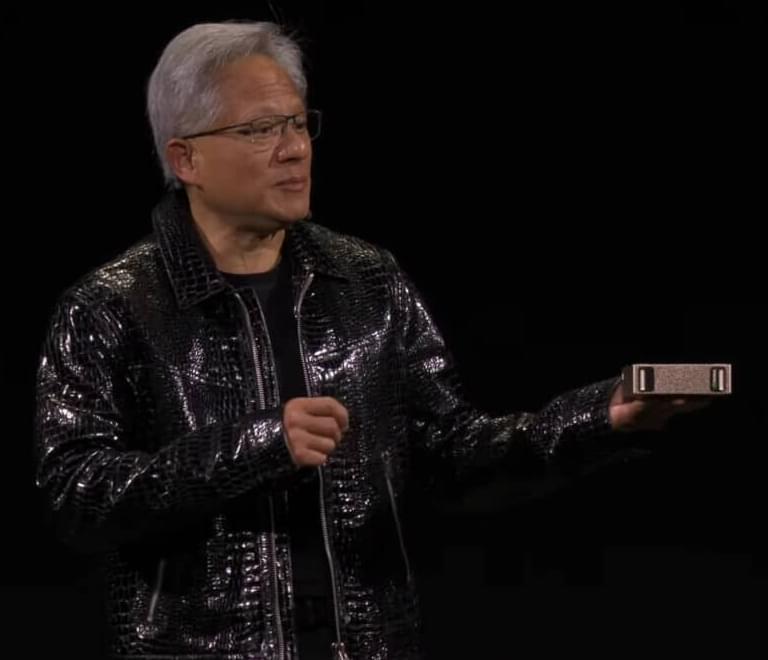Meta’s renovation in downtown Austin comes as the company makes moves in Texas, including a possible reincorporation in the state.


A novel industrial reactor that produces steel using only electricity hit a major milestone after producing a ton of steel at a prototype facility in Massachusetts, US. The technology was developed at MIT and is now set to help the steel industry reduce its emission footprint, a press release said.
Steel production is one of the major contributors to anthropogenic carbon emissions, responsible for up to nine percent of total carbon released into the atmosphere. For every ton of steel produced, 1.89 tons of CO2 are released into the atmosphere.

Imagine having the computational power of a full-fledged data center sitting on your desk for just $3,000. It might sound too good to be true, but Nvidia’s Project DIGITS is making it a reality. Designed in collaboration with MediaTek, this compact machine is pushing the boundaries of what’s possible with AI development and high-performance computing, offering impressive power in a surprisingly small form factor.

Mars, the next frontier in space exploration, still poses many questions for scientists. The planet was once more hospitable, characterized by a warm and wet climate with liquid oceans. But today Mars is cold and dry, with most water now located below the surface. Understanding how much water is stored offers critical information for energy exploration, as well as life sustainability on the planet.
A research group from Tohoku University has helped shed light on this by improving an existing Mars climate model. The enhanced model accommodates the various properties of Martian regolith, or the loose deposits of solid rock that comprise Martian soil. The study is published in the Journal of Geophysical Research: Planets.
Mirai Kobayashi says current models fail to account for the fact that laboratory experiments have demonstrated that the water-holding capacity of the regolith is strongly influenced by its adsorption coefficient.
Silicon Valley’s earliest stage companies are getting a major boost from artificial intelligence. Startup accelerator Y Combinator — known for backing Airbnb, Dropbox and Stripe — this week held its annual demo day in San Francisco, where founders pitched their startups to an auditorium of potential venture capital investors.
S not just the number one or two companies — the whole batch is growing 10% week on week, said Tan, who is also a Y Combinator alum. That App developers can now offload or automate more repetitive tasks, and they can generate new code using large language models. Tan called it vibe coding, a term for letting models take the wheel and generate software. In some cases, AI can code entire apps. The ability for AI to subsidize an otherwise heavy workload has allowed these companies to build with fewer people. For about a quarter of the current YC startups, 95% of their code was written by AI, Tan said.
T need a team of 50 or 100 engineers, said Tan, adding that companies are reaching as much as $10 million in revenue with teams of less than 10 people. You don [ https://open.substack.com/pub/remunerationlabs/p/y-combinato…Share=true](https://open.substack.com/pub/remunerationlabs/p/y-combinato…Share=true)
About 80% of the YC companies that presented this week were AI focused, with a handful of robotics and semiconductor startups.

Quantum entanglement, one of the strangest and most powerful aspects of physics, has just been taken to a new level with the use of metasurfaces.
Researchers have discovered a way to create quantum holograms, where entangled photons encode intricate information with unprecedented precision. By leveraging the properties of metasurfaces, they demonstrated control over entangled holographic letters, opening doors to secure quantum communication and even anti-counterfeiting technology.
Unlocking the mysteries of quantum entanglement.


Over the past decades, roboticists have introduced a wide range of systems with distinct body structures and varying capabilities. As the number of developed robots continuously grows, being able to easily learn about these many systems, their unique characteristics, differences and performance on specific tasks could prove highly valuable.
Researchers at Technical University of Munich (TUM) recently created the “Tree of Robots,” a new encyclopedia that could make learning about existing robotic systems and comparing them significantly easier. Their robot encyclopedia, introduced in a paper published in Nature Machine Intelligence, categorizes robots based on their performance fitness on various tasks.
“The aspiration for intelligent robots that can understand their environment as we humans do, and execute tasks independently, has existed for ages,” Robin Jeanne Kirschner, first author of the paper, told Tech Xplore.